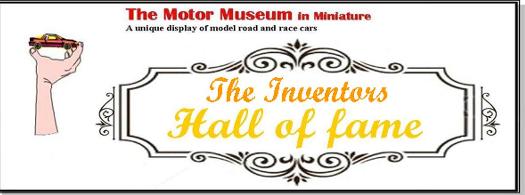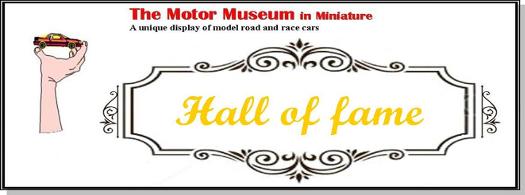
MMIM Hall of Fame
Christian Reithmann
Born on the 9th of February 1818 in the little town of St. Jakob in Haus, in the gorgeous valley of Pillersee, Austria. Even in 2012 the population was just 630 inhabitants.
After serving an three year apprenticeship to a carpenter in Salzburg Christian Reithmann set up business as a cabinetmaker in Munich in 1839. Between 1841 to 1848 Reithmann took care of the interests of the widow of a watchmaker in Schwabing before setting up as an independant watchmaker around 1848.
Reithmann believed machines could produce a more accurate watch than any person could and in his work as a clock maker designed and produced ten machines and several engines to power them. Amongst his awards and accreditations are a Silver Medal at the 1867 World Exhibition in Paris for his 1865 design of a clock which operated without any pendulum, a system still used for modern electric clocks!
At the Vienna World Exhibition of 1873 Reithmann presented a pneumatically actuated telegraph system which went on to received high honours at the World's Fair.
The King of Bavaria appointed Reithmann "Royal Bavarian Court Clockmaker" in 1874 and he delivered a wonderfully built tower clock for the Schlossberg on Lake Starnberg.
Reithmann also designed the astronomical clock housed in the Munich Deutsches Museum.
For many years the engineering work of Christian Reithmann was hidden but as early as 1852 he had gas engine and an electric motor powering his watch making machines. When he heard about the engines of the Parisian Étienne Lenoir Reithmann took out his first patent on an engine on the 26th of October 1860. It had a bore of 98mm and stroke of 111mm running at a speed of around 200 rpm and ran in Reithmann’s Munich workshop until 1881. Sadly this Patent only ran for one year but as his designes were moving on at a great pace he wasn’t too concerned. On the 16th of January, 1862, Christian Reithmann filed another patent for an engine described by the engineer Alphonse Beau de Rochas as a running on the four-stroke cycle.
The biggest problem for Christian Reithmann was finances. In 1868 he made another patent application, with the assistance of the glass painter Ainmiller, to try and establish production on an industrial level. Insufficient funds held up the application and despite attempts to find more backing this initiative ground to a halt. The engine in question had two piston engines, one vertical and one horizontal , operating in a similar fashion to the Deutz AG "atmospheric engine".
The engine had a steady air flow between the two pistons, it was compressed by the explosion of a gas-air mixture and the expansion then performed work.

